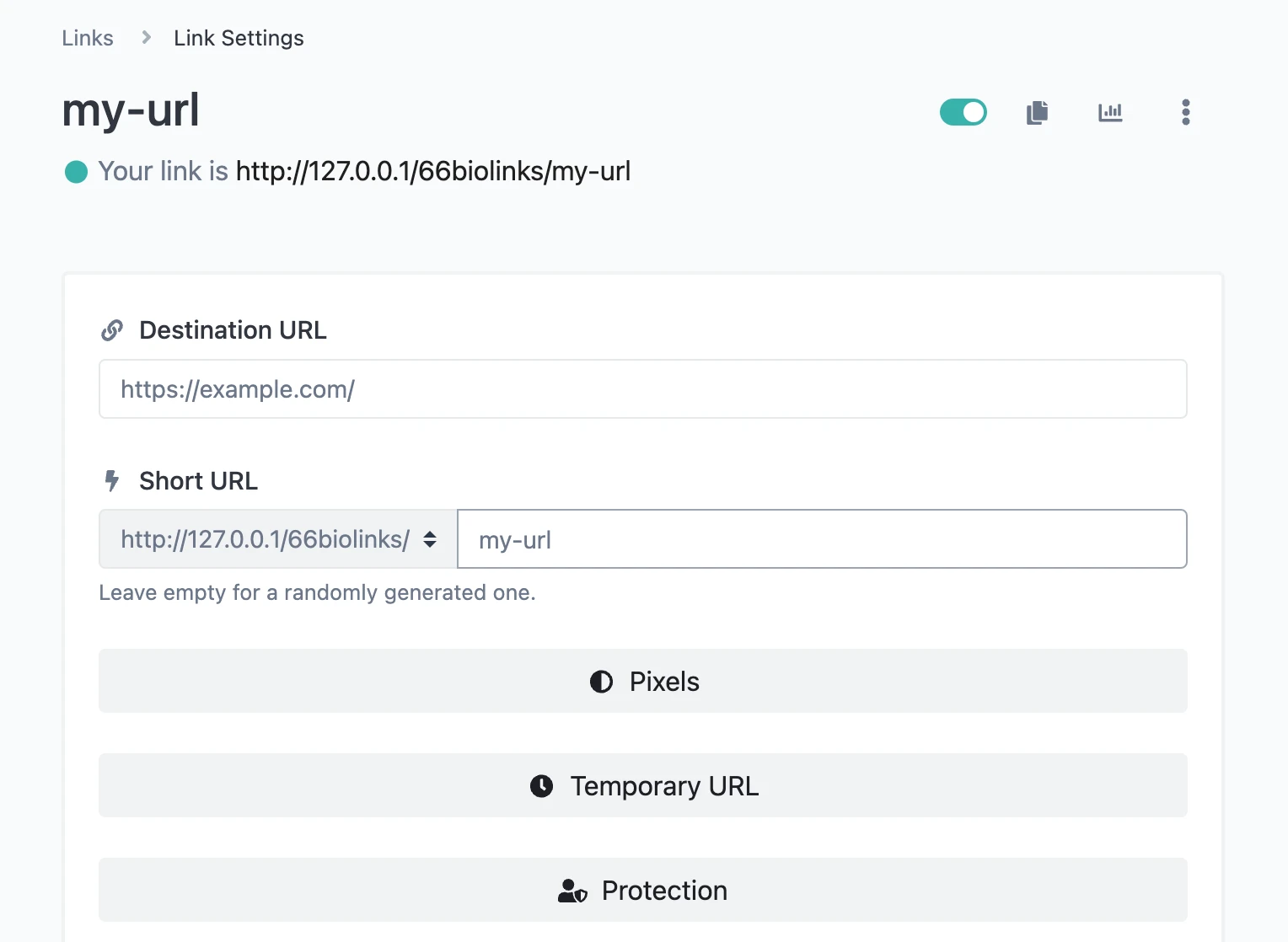Mobile-First Analytics
Created on 19 November, 2024 • 11 views • 5 minutes read
Guide to tracking and analyzing mobile user behavior using GDPR-compliant analytics tools and mobile-specific metrics
Mobile-First Analytics: Understanding Your Smartphone Audience
In today's world, smartphones are our constant companions. Most people use their phones to browse, shop, and connect online. Understanding mobile-first analytics is really important for businesses who want to do well online. Let's explore how people use their smartphones and the ways we can figure out their behavior patterns.
Key Takeaways
- Over 60% of web traffic now comes from mobile devices
- Key mobile analytics metrics include user engagement, conversion rates, page load times, bounce rates, and user flow
- Understanding how people use smartphones is crucial for creating good mobile experiences
- Mobile-first analytics tools help businesses learn about user behavior and improve their mobile presence
- Making mobile conversions better requires simple forms, clear buttons, fast pages, and mobile-friendly content
- Future trends in mobile analytics include voice search, augmented reality, and 5G networks
The Rise of Mobile Internet Usage
Did you know that over 60% of all web traffic now comes from mobile devices? That's right - more people are using their phones to go online than computers. This big change means businesses need to rethink how they connect with customers online. Having a mobile-first approach is now really important for businesses to do well online.
With so many people using smartphones as their main way to get online, businesses need to make sure their websites work well on small screens. This is where mobile-first analytics becomes really useful. It helps companies understand how people use their mobile websites and apps, so they can make them better and grow their business.
Key Mobile Analytics Metrics
When looking at mobile-first analytics, there are several important things to pay attention to:
Key Mobile Analytics Metrics
- User engagement: How long people stay on your site and interact with your content
- Conversion rates: The percentage of visitors who take desired actions, such as making a purchase or signing up
- Page load times: The speed at which your site loads on mobile devices, a crucial factor for user retention
- Bounce rates: The proportion of visitors who leave your site after viewing only one page
- User flow: The path users take through your site, providing insights into navigation and content effectiveness
These metrics help show how well your mobile website is working. For example, if lots of people leave your site quickly, it might mean your mobile site is slow or hard to use. If people stay on your site for a long time and do what you want them to do (like buy something), it means your mobile strategy is working well. By looking at these numbers carefully, businesses can find ways to make their mobile websites better.
Understanding Smartphone User Behavior
People use smartphones in unique ways that are important to understand:
- Multitasking: They often use their phones while doing other things, like watching TV or talking to friends.
- Speed expectations: Mobile users don't like slow websites and might leave if a page takes too long to load.
- Quick information: They often use phones for quick searches or small tasks, but might switch to computers for bigger jobs.
- Social media: Smartphones are mainly used for social media, so it's important to think about this when making mobile strategies.
- Location-based: Mobile users often look for information about places near them, so location-based content is important.
Understanding these behaviors helps create better mobile experiences. For example, using biolinks can make it easier for mobile users to find what they're looking for quickly.
Tools for Mobile-First Analytics
There are many tools that help businesses understand how people use their mobile websites and apps:
- Google Analytics: Gives detailed information about how people find and use your site.
- Heatmapping tools: Show where people tap and scroll on your mobile pages.
- A/B testing platforms: Let you compare different versions of your mobile site to see which one works better.
- Mobile app analytics: Track how people use mobile apps.
- Real-time analytics: Give immediate data on how people are using your site right now.
Free Marketing Tools also offers features to help businesses track and improve their mobile performance.
Optimizing for Mobile Conversions
Getting people to do what you want on mobile (like buying something) can be tricky because of small screens. Here are some ways to make it better:
Mobile Optimization Strategy Importance
Remember, mobile users often want quick, easy-to-read information. Using URL shortening can make links easier to share and use on mobile devices.
The Future of Mobile-First Analytics
As technology keeps changing, mobile usage and analytics will change too. Here are some new trends that might shape the future:
- Voice search: More people are using voice assistants, so businesses will need to understand how people search by talking.
- Augmented reality: As AR becomes more common in apps, analytics will need to track how people use these new features.
- 5G networks: Faster internet will allow for more complex mobile experiences, and analytics will need to keep up.
- AI predictions: Advanced AI will help predict what users might do next.
- Privacy focus: As people worry more about their data, analytics tools will need to protect privacy better.
- Cross-device tracking: Analytics will need to follow users across all their devices to understand their full journey.
Keeping up with these trends will be important for businesses. Tools like QR codes are already showing how the real world and digital world can work together on mobile devices.
Wrapping Up: The Power of Mobile-First Analytics
Understanding how people use smartphones is really important in today's digital world. By using mobile-first analytics, businesses can learn a lot about what their customers like and need. This helps them create better experiences for people using mobile devices.
The mobile world is always changing, so it's important to keep learning and testing new ideas. By focusing on mobile users and using data to make decisions, businesses can create great experiences for smartphone users and grow their business.
Want to learn more about mobile strategies? Check out our guide on mobile AdSense strategies to help you make more money from mobile advertising. Or learn how to use WhatsApp links to connect with mobile users and talk to them directly. With the right tools and knowledge, you can do really well in the mobile world!
Popular posts
-
URL Shortening and Social Media Marketing• 524 views
-
Google Bard: The Ultimate ChatGPT Rival• 501 views
-
Increase Your Reach and Engagement with biolinks• 484 views
-
Effective Affiliate Link Promotion Strategies• 482 views
-
The Power of QR Codes in Digital Marketing• 466 views






